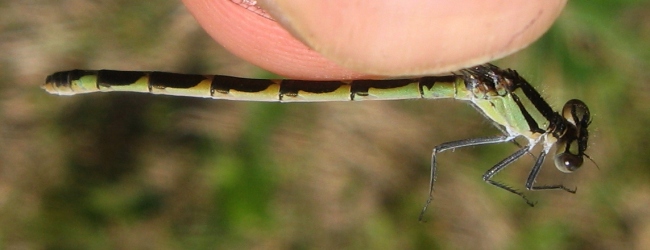Flight season: early May to late July.
Population: common, apt to be found at virtually any local marshes, ponds, lakeshores and water filled ditches.
Length: about 30 mm to 35 mm, on the average this damselfly tends to be smaller than the Northern Bluet.
The only means of separating this species from Northern and Vernal Bluets (particularly the females)
is by study of the male's cerci or the female's mesostigmal plates.
|
|
Tweed, Ontario, about ½ km west of town, a marsh bordering the trans-Canada Trail:
typical local marsh with Cattails, sedges and other emergent vegetation, various small willows, alders, dogwoods and some Tamarack.
|
Male Boreal Bluet (Enallagma boreale)
June 05, 2010
|
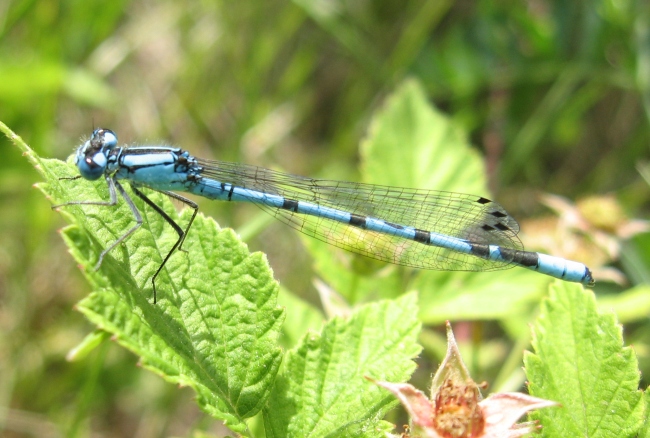
......................................................................
Male Boreal Bluet (Enallagma boreale) and its claspers
June 13, 2010
|
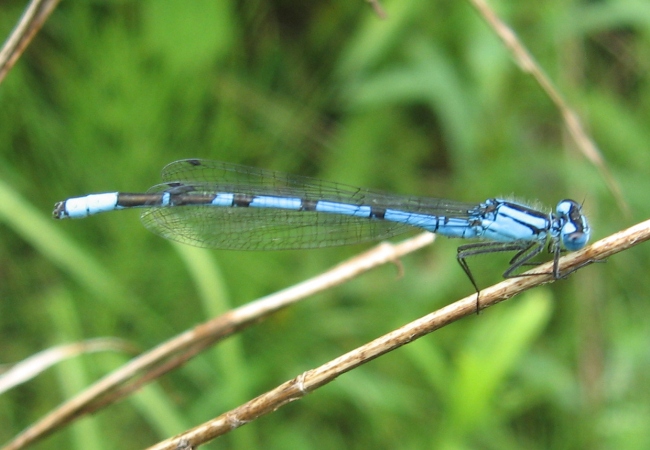
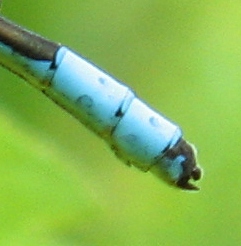
......................................................................
|
The claspers of another male Boreal Bluet (Enallagma boreale) –
if the damselfly is tame and co-operative, and allows itself be viewed from a good angle,
the profile of the cerci can be discerned in the field (May 27, 2014).
|
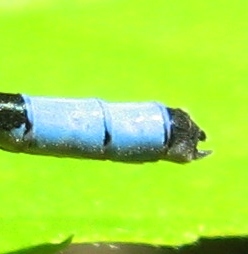
......................................................................
|
An immature male Boreal Bluet (Enallagma boreale) – younger individuals tend to be a deeper shade of blue
(June 05, 2011).
|
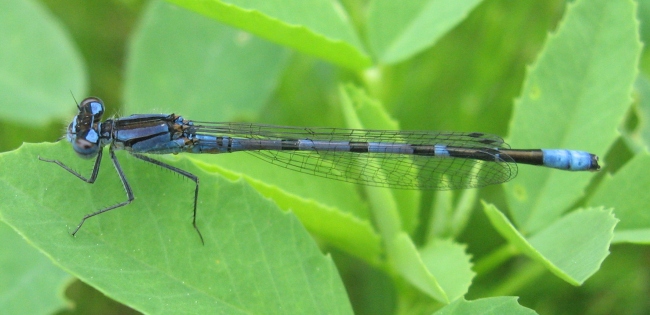
......................................................................
Female Boreal Bluet (Enallagma boreale)
June 02, 2011
|
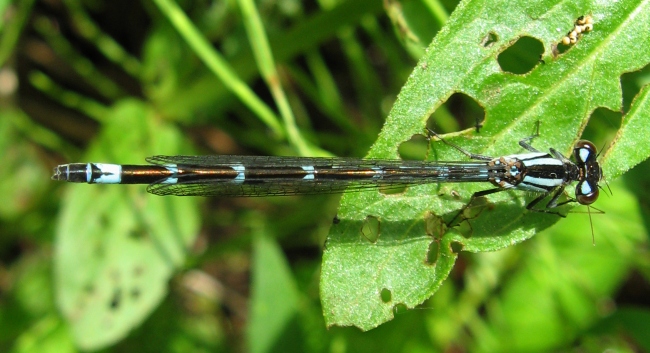
......................................................................
Boreal Bluet (Enallagma boreale), tandem
May 31, 2010
|
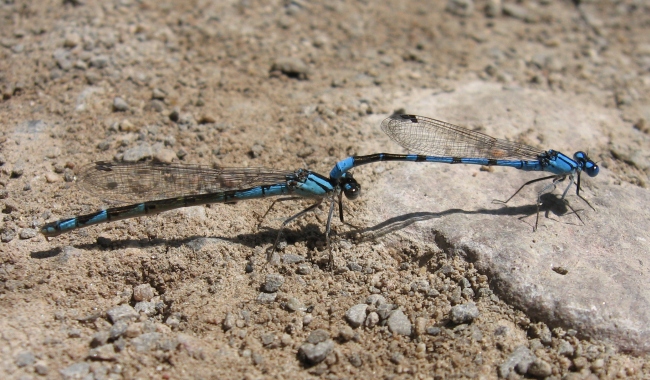
......................................................................
|
Female Boreal Bluet (Enallagma boreale) – occasionally the females are green or an olive brown, this one was in tandem with a verified male
(May 22, 2016).
|
